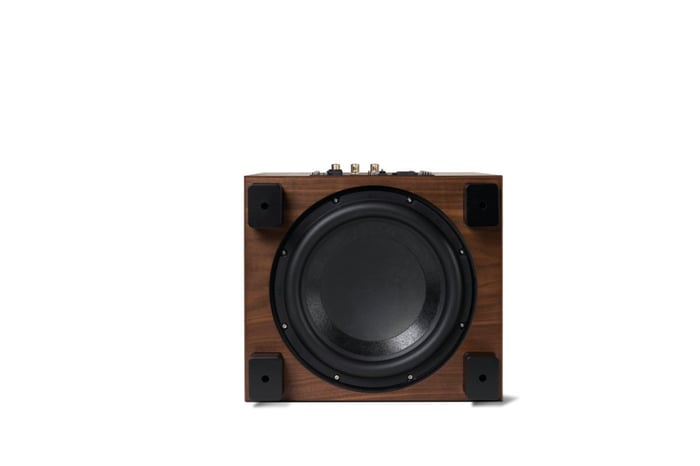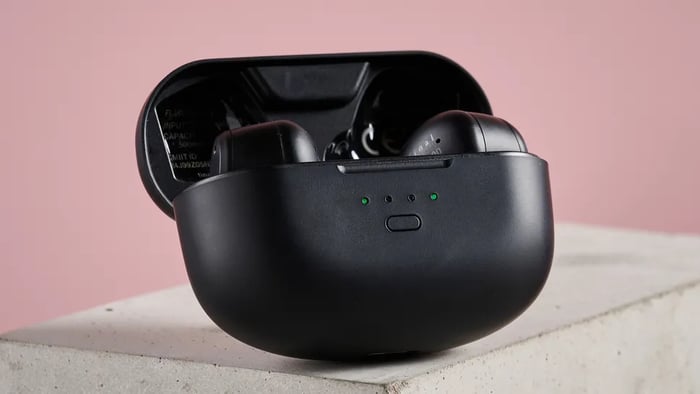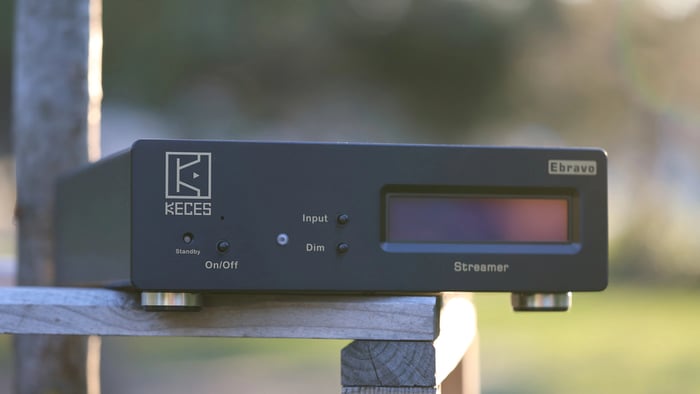
Keces Ebravo Essential Review: High-Performance Network Transport for Audiophiles
Keces Ebravo Essential Review: High-Performance Network Transport for Audiophiles
Explore how the Keces Ebravo network transport delivers exceptional sound quality and upgrades your hi-fi system's performance.
Introduction to Keces Audio Ebravo
The Keces Audio Ebravo is a network transport streamer priced at $599, designed to elevate sound quality in high-end audiophile systems. This device aims to add a refined touch to any audio setup, even those already boasting excellent sound. Today, we'll dive into whether it truly makes a difference, layering in comparisons with other popular streamers like the Matrix Mini-i Pro 4 ($959), Magna Hifi Mano Ultra MKII ($1200), and Soundaware A1x PRO ($700).
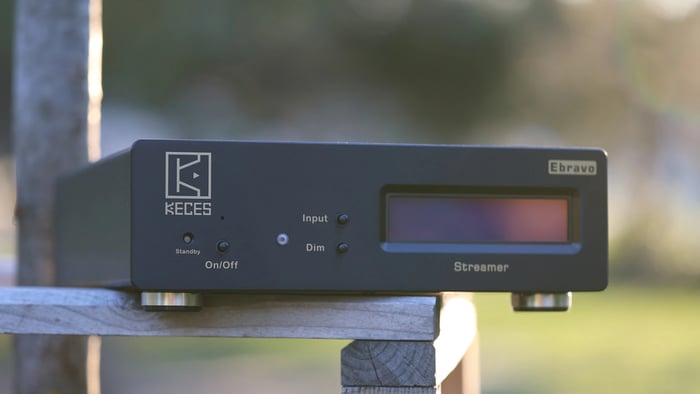
Keces Audio hails from Taiwan and has a reputation for crafting premium audiophile gear. I’ve been a fan since their powerful S300+ amplifier became the bedrock of my speaker system, prized for its build quality, sturdy casing, and excellent electromagnetic interference protection.
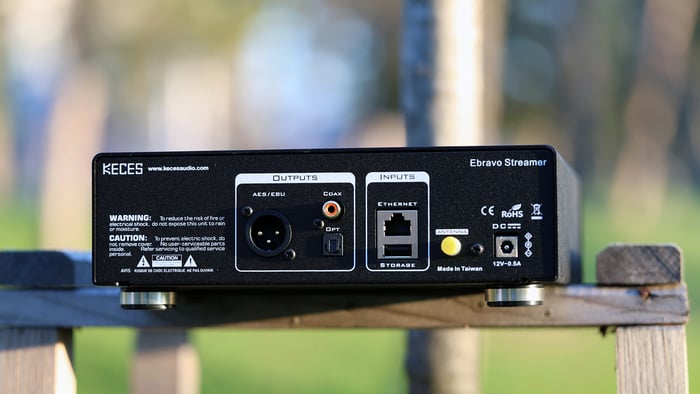
Build Quality and Aesthetic Appeal
The Ebravo belongs to Keces's Essential line and sports a more compact, straightforward design compared to the S300+ amplifier. Despite its smaller frame, it weighs a solid 1 kg and features a thick metal enclosure. The front panel includes a vintage-style blue-lit display and three simple buttons for power, display dimming, and toggling between four inputs: USB (for media devices, not a USB DAC or computer transport), Wi-Fi, Ethernet, and Bluetooth.
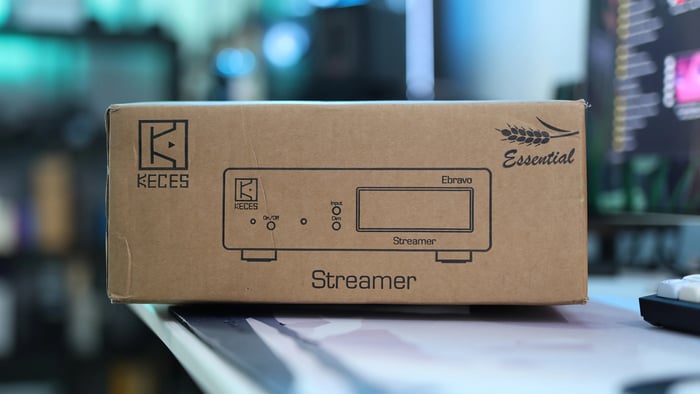
What exactly does a streamer like the Ebravo do? Essentially, it offers superior buffering, clock signal regeneration, and lower jitter and noise than feeding signals directly from a source like a computer to your DAC or amplifier. The Ebravo supports 99% of DACs and amplifiers with its AES/EBU, coaxial, and optical outputs.
For testing, I connected the Ebravo to a variety of DACs and amplifiers like the iBasso D16 Taipan DAC/Amplifier, Keces S3 amplifier, Dethonray Listening M1 DAC/Amplifier, HIFIMAN EF600 headphones, FiiO K9 PRO ESS DAC/Amplifier, and Aune S9C PRO DAC/Amplifier. I also tested different speakers, in-ear monitors, and full-size headphones, including Keces S300+ with KLH Model Five speakers and Buchardt S400 speakers, and headphones like IE900 in-ear, Campfire Bonneville, HIFIMAN Arya Organic headphones, and Audeze LCD-5. This wide range helped evaluate noise isolation, control, dynamics, and the overall sonic character of the Ebravo.
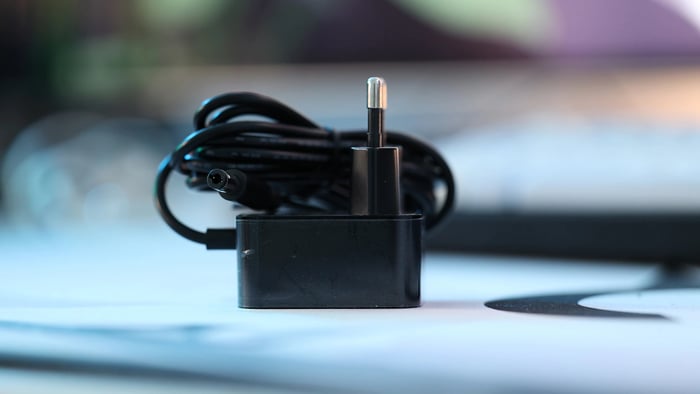
Connectivity and Noise Isolation
The Ebravo works flawlessly with all DACs and amps I've paired it with, regardless of connection type, but I personally prefer the coaxial output for its clean connection and sound quality.
Optical cables tend to have less noise but are more delicate; thus, I lean towards coaxial unless noise is an issue. The Ebravo isolates against interference so well that I can leave my smartphone (used as a remote) right on top of the unit without any audio disruptions. Thick rubber feet elevate the unit slightly, aiding heat dissipation — it stays cool without extra cooling measures.
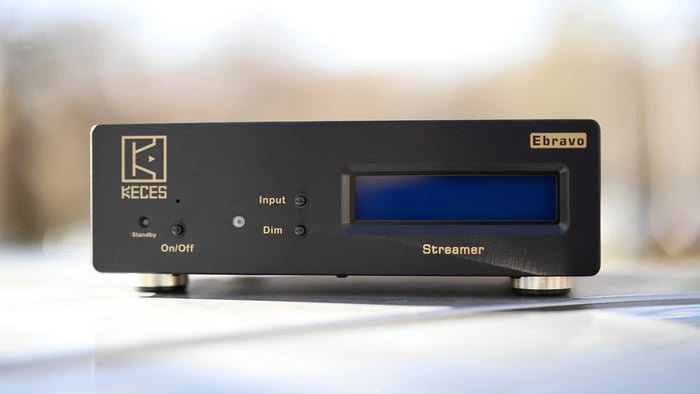
The Ebravo supports streaming up to 192 kHz/24-bit, allowing high-resolution playback from services like Tidal without data loss. Its galvanic isolation between input and output ensures zero noise through coaxial or optical outputs. It supports Spotify, Deezer, TuneIn, Tidal, and Qobuz through its app and supports Spotify Connect, Tidal Connect, and DLNA. When connected to the same network, the device appears automatically on Tidal.

Power is supplied via a 12V/1A DC jack (2.5/5.5 mm). The supplied power adapter was a bit short and incompatible with some outlets, so I used a 12V/6A LED strip power supply instead, which worked perfectly. Keces also plans to release a dedicated linear power supply to enhance sound quality, which will be tested later.
Software and Interface
The Ebravo's software consists of stable internal firmware allowing instant detection by Tidal and Spotify, and a smartphone streaming app called 4Stream. While 4Stream has mixed reviews due to occasional glitches, my experience was smooth with no issues.
Usually, I simply connect my smartphone to the Ebravo via Ethernet and then use Tidal Connect or Spotify Connect to stream music — bypassing the 4Stream app altogether, which works flawlessly.

Most streaming files rarely require beyond 24-bit/192 kHz, so the Ebravo’s limit is practical. As someone in the music industry, I find this resolution more than sufficient for typical listening, given most Tidal files are 16-bit/44.1 kHz.
Bluetooth performance is surprisingly impressive, delivering sound quality nearly on par with Ethernet streams. Connections are strong and reliable, with negligible data loss. Your phone might not show advanced codecs like LDAC or aptX, but the convenience and sound quality make Bluetooth a great option.
Sound Quality
Overall Sound Signature
Today I also worked on a review of the HIFI Walker H2 Touch PRO player, which uses custom firmware rather than standard Android, and I noticed a similar approach with the Ebravo. Quickly switching between my Windows PC and the Ebravo lets me hear real-time sound differences.
The Ebravo offers an emotional, deep, and clear sound that expands music width and depth. Background instruments gain more presence without sacrificing the energy and emotion in vocals, male or female. The overall tuning leans toward an emotionally rich and smooth transient response with strong bass impact. It excels at separating front-stage and background instruments for a more immersive experience.
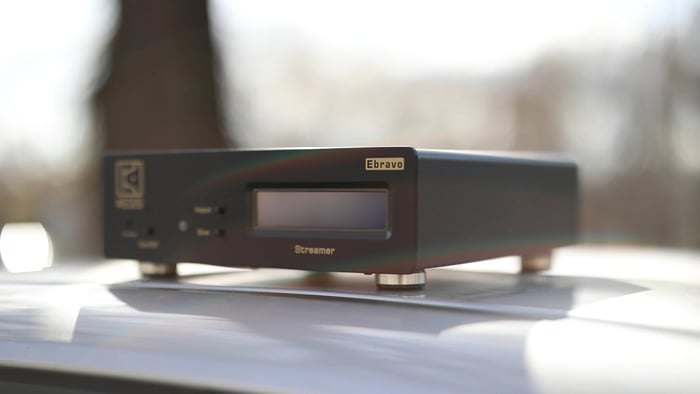
Bass
The bass is spacious and deep, filling the soundstage with warm, punchy, and well-defined lows. There’s excellent resolution and depth perception, creating a solid foundation for engaging music playback.
Compared to direct computer streaming, the Ebravo smooths and enriches the bass with better separation between bass and midrange, clearer distinction between bass guitar and vocals, and a more dynamic, engaging presentation overall. The bass guitar is more forward, while drums slightly retreat, adding to the song’s musicality.
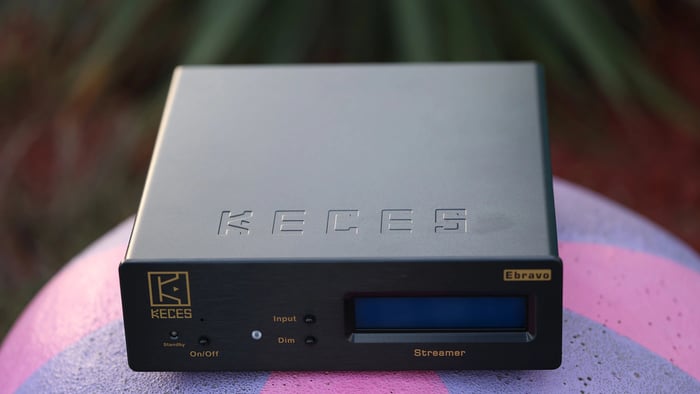
Midrange
The most noticeable improvements happen in the midrange, which sounds clearer, richer, and dynamically more contrasting. The Ebravo makes music files from Tidal sound more colorful, spacious, and engaging than my PC's direct playback.
Vocals sit more distinctly between instruments, guitars gain clarity, and subtle effects and synthesizers on the rear stage become more audible. Male voices gain brightness and body with natural tone, while female voices sound sweeter and sharper.
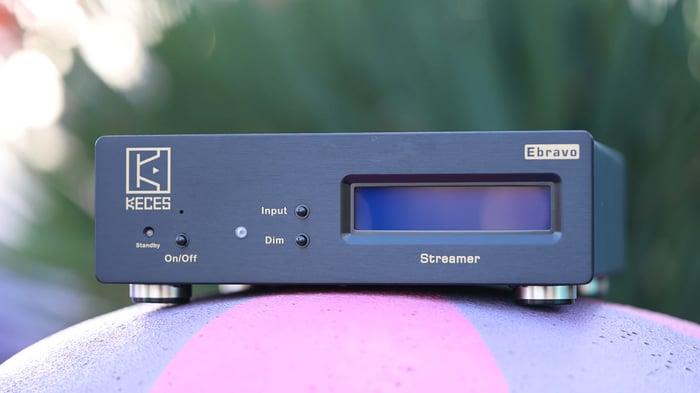
Dynamics, PRaT, and Textures
The Ebravo softens digital harshness, delivering smoother textures and a broader dynamic range. Attack and decay times are slightly extended, enriching the emotional impact of the music.
This lively presentation adds fullness to guitars, natural body to piano, and overall excitement to songs — making listening more satisfying and immersive.
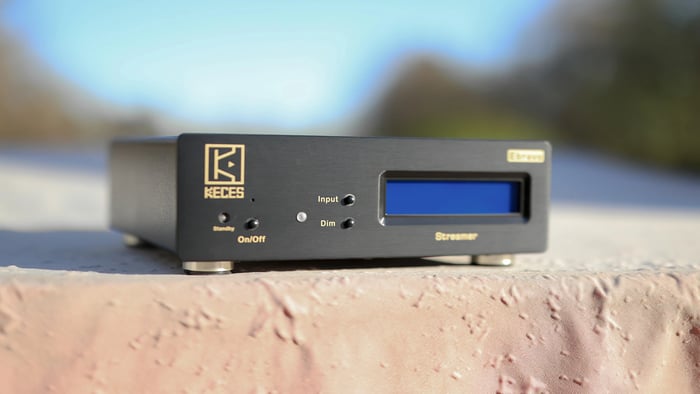
Soundstage
Instrument placement is notably different with the Ebravo. Where my PC presents vocals upfront, guitars near the center, and drums behind, the Ebravo pushes bass guitars forward, giving them more prominence while providing more “air” around vocals.
Guitars shift to the sides, and drums spread around the edges of the soundstage, creating a wider and more holographic sound image.
Volume Control
Volume adjustment is flawless, maintaining consistent resolution, clarity, and detail across all levels.
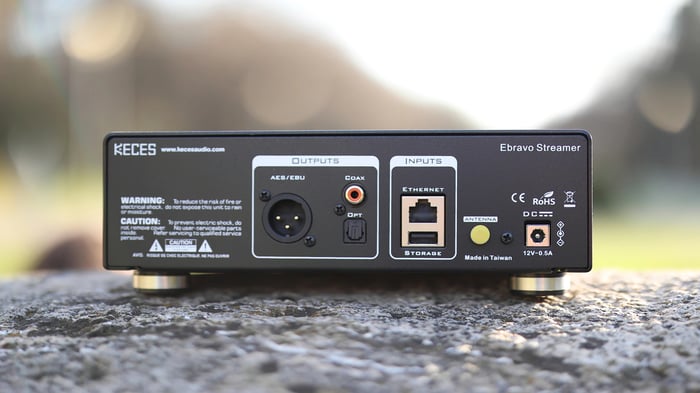
Treble
Even with a softer transient response, treble remains full-bodied and airy, delivering bright, spacious cymbals and high frequencies that make bands like System Of A Down appear as if performing live.
Everything played through the Ebravo sounds vibrant, colorful, and dynamic. The level of resolution and punch reveals just how much hidden potential digital music has when streamed correctly.
"Keces Ebravo really convinced me that when done right, streaming can sound better than a computer playing the same files directly."
— Audio Reviewer
Comparison with Other Streamers
Keces Ebravo vs. Matrix Mini-i PRO 4 ($599 vs. $959)
- Build & Features: The Matrix Mini-i PRO 4 looks a bit sleeker and includes headphone outputs plus Type-C and digital inputs rather than outputs. It's more of a DAC/amp with Ethernet input.
- Streaming: Keces Ebravo handles Tidal and Spotify streaming more easily, while Matrix supports Roon.
- Sound: Ebravo widens the soundstage, pushes bass guitars forward, and adds air to instruments, resulting in a more organic, vibrant sound with better instrument separation.
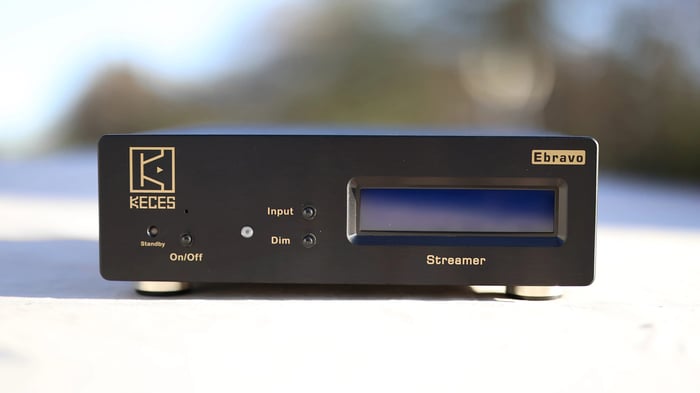
Keces Ebravo vs. Soundaware A1x PRO ($599 vs. $700)
- Build & Features: A1X PRO offers more outputs including headphone and analog RCA DAC output but lacks AES/EBU. It has a USB audio input and a display for standalone use, whereas Ebravo requires an external controller.
- Sound: Ebravo sounds more musical, detailed, with better bass and treble. A1X PRO resembles typical computer sound with less dynamic contrast.
- Software: Ebravo’s Tidal Connect is smoother; A1X PRO’s app is slower and less flexible.
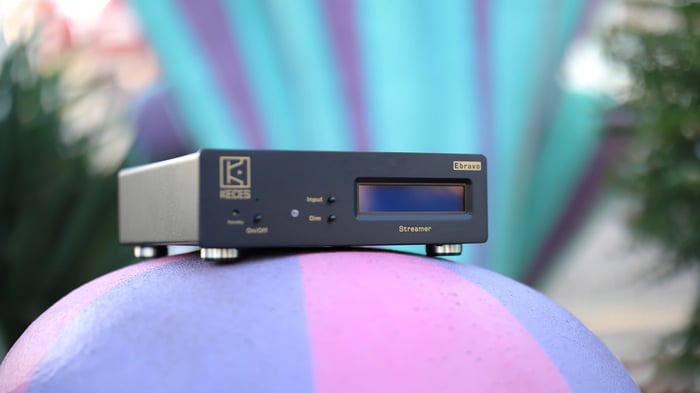
Keces Ebravo vs. Magna HIFI Mano Ultra MKII ($599 vs. $1200)
- Build & Features: Both are well-built. Ebravo has a display and more outputs; Mano Ultra MKII has longer power cables and striking heat sink fins. Both offer good Wi-Fi and Bluetooth.
- Sound: Mano Ultra MKII sounds more neutral and clinical with slightly higher resolution, but less warmth and engagement. Ebravo sounds more musical, dynamic, and unique.
- Conclusion: Ebravo significantly improves sound with any DAC/amp, while Mano Ultra MKII adds streaming features but sounds closer to a computer source.
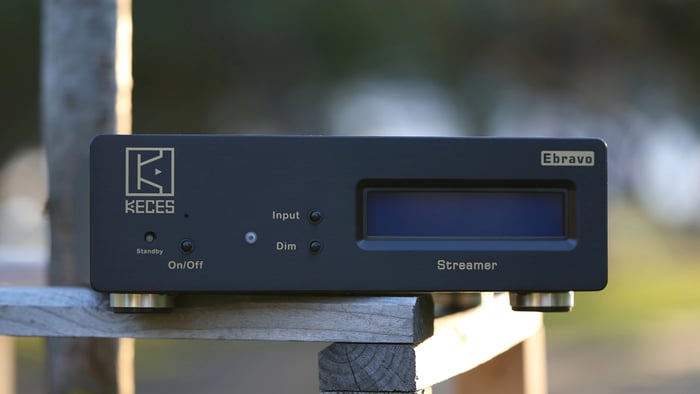
Value and Final Thoughts
I didn't expect to conclude on such a high note, but the Keces Ebravo truly offers excellent value. While it might not be more convenient than streaming from a computer, the sound improvements and enhanced listening pleasure it provides are well worth it.
Using my smartphone as a Tidal remote alongside the Ebravo makes for a sleek and enjoyable experience.
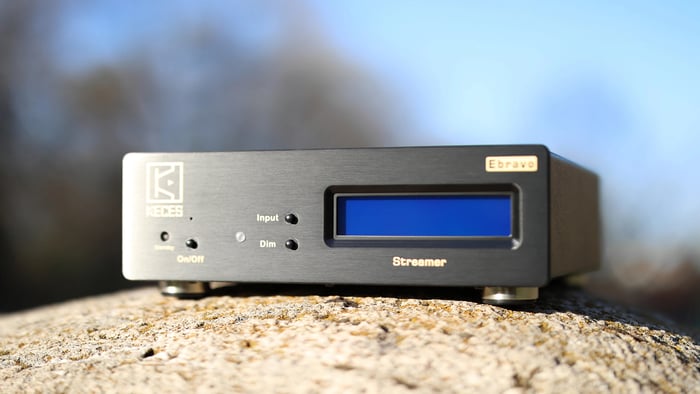
The Ebravo deserves its place in the Audiophile Hall of Fame for exceptional sound clarity, resolution, and its captivating character that enriches all songs played through it. Its simple integration with Tidal Connect and Spotify Connect makes it a true master of its craft, ideal for most audiophile setups.
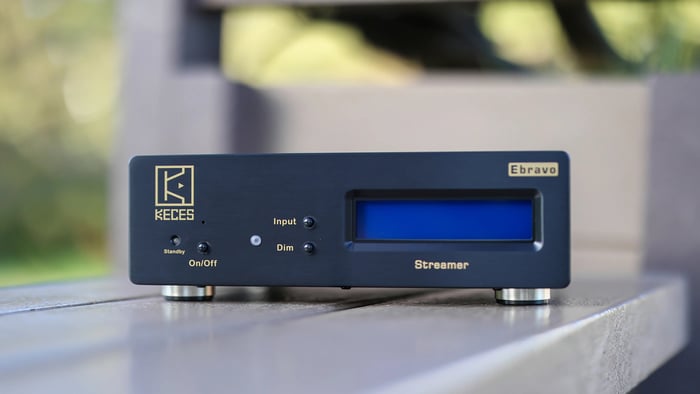
If you want to add more emotion, better dynamics, and overall more enjoyment to your sound system — especially if you rely on Tidal or Spotify — the Keces Ebravo is a fantastic starting point. It’s equipped with all necessary inputs, outputs, and processing for any DAC or amplifier with AES/EBU, coaxial, or optical inputs — basically all of them.
FAQs
- How does the Keces Ebravo improve sound quality?
It reduces jitter and noise, enhances clock regeneration, and provides better buffering, resulting in deeper, more dynamic, and more detailed audio. - Is it compatible with most DACs and amplifiers?
Yes, the Ebravo supports AES/EBU, coaxial, and optical outputs, making it compatible with nearly all DACs and amps on the market. - Can I use Bluetooth streaming with high quality?
Absolutely! Its Bluetooth connection is strong and sounds nearly as good as Ethernet streaming, with minimal data loss. - Does it support popular streaming services?
Yes, it supports Tidal, Spotify, Deezer, TuneIn, Qobuz, and includes Spotify Connect and Tidal Connect for smooth wireless streaming. - Is the Ebravo easy to set up and use?
Very much so. While it requires using a smartphone or computer for control, the interface is straightforward, and it integrates seamlessly into most networks.
Ready to enhance your audio experience? Shop your favorite album cover poster at our store for an inspiring listening environment: Architeg Prints.
 | DISCOUNTGET 30% OFF*Use code on your next order:
|
* This post may contain affiliate links, meaning we earn a commission if you make a purchase through these links, at no additional cost to you.





